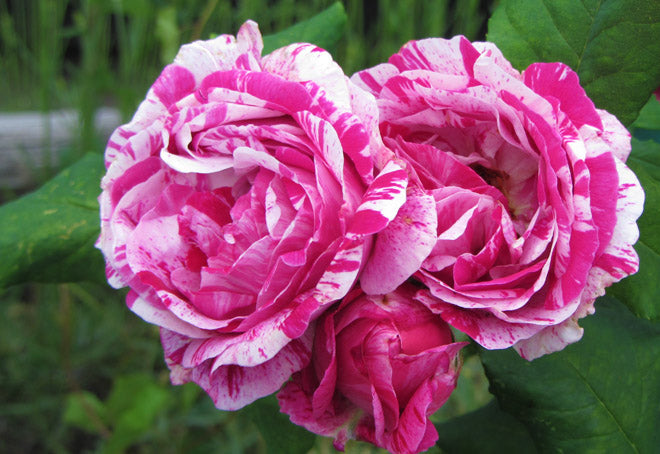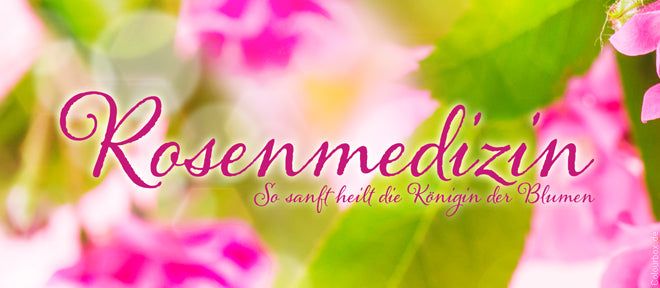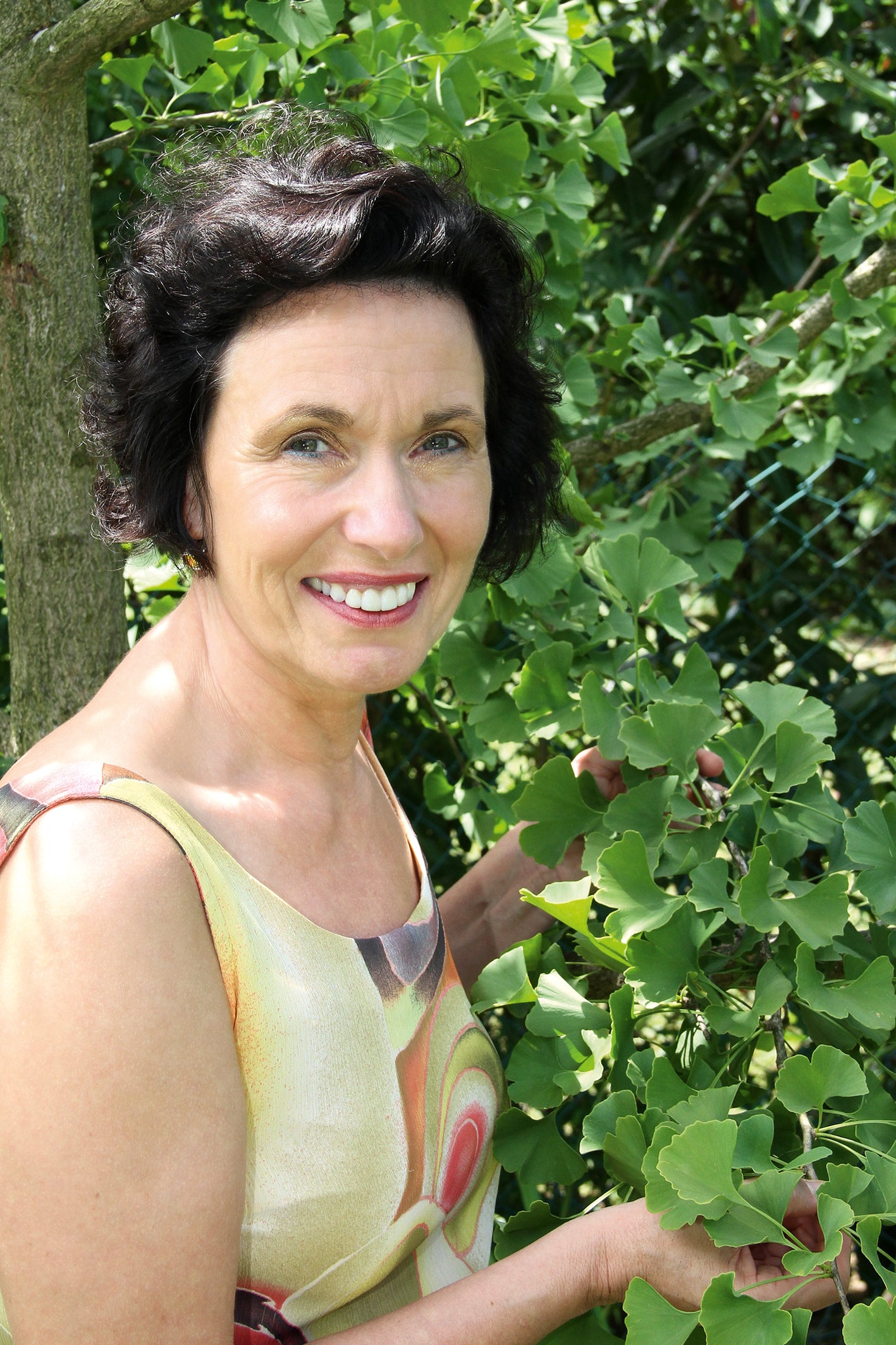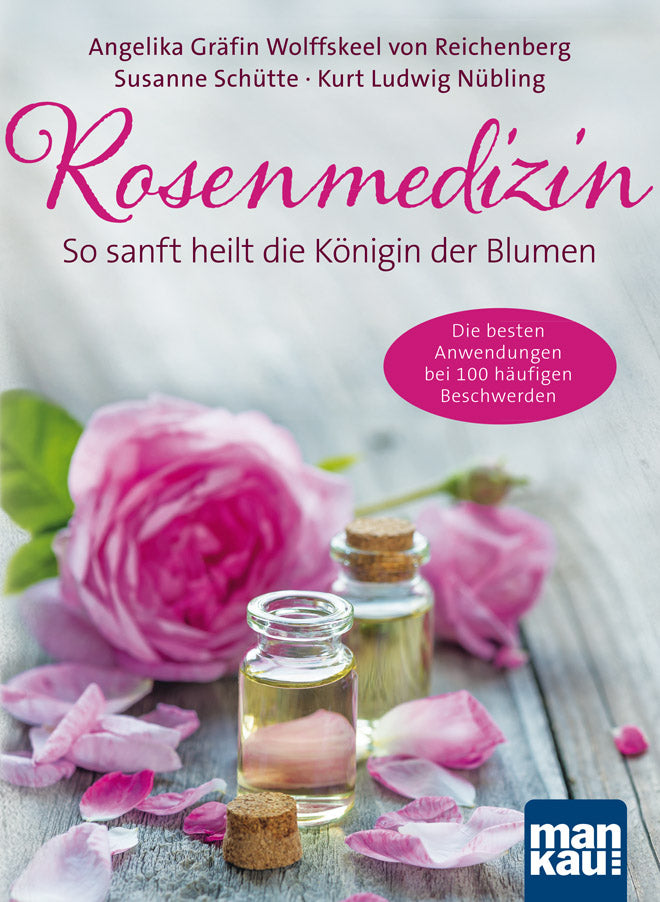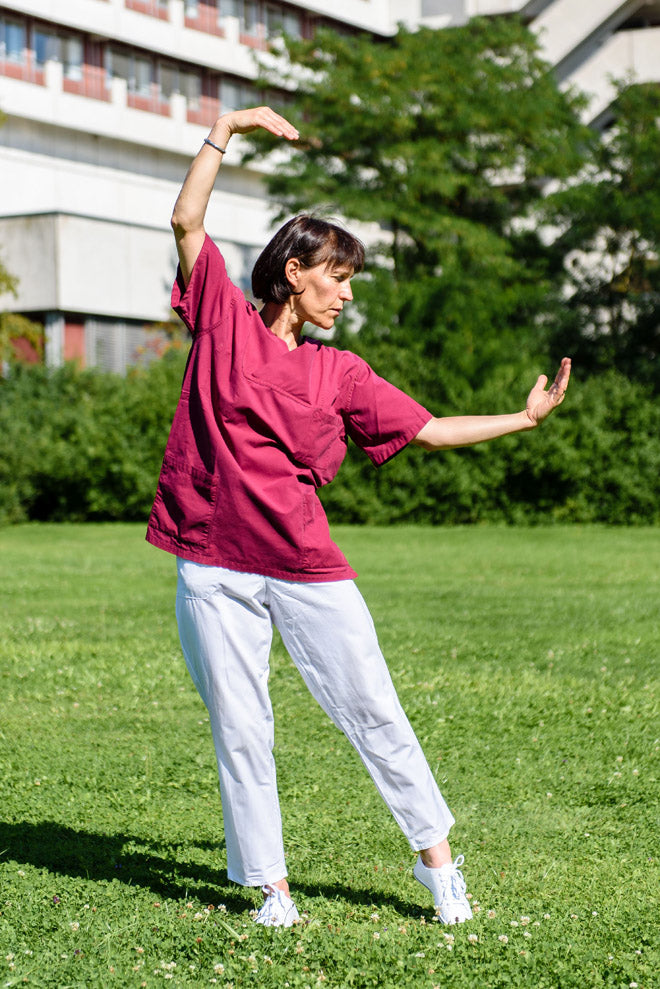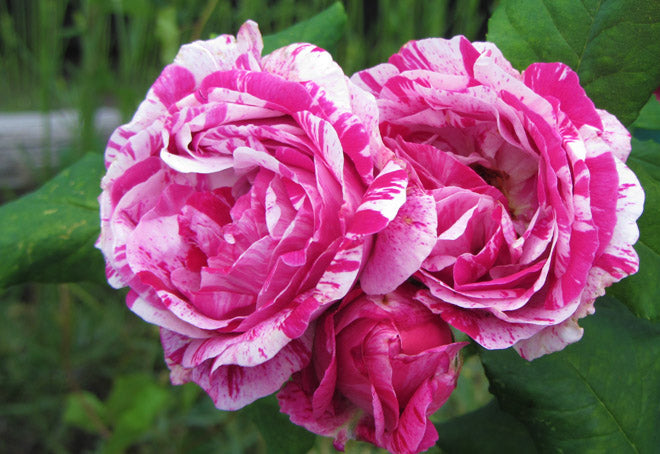
Gentle healing in the name of the rose
Gentle healing in the name of the rose
The guidebook “Rose Medicine” deals with the health benefits of the noble flower
For thousands of years, the rose has had a firm place in almost all cultures and healing systems. Not only is it fascinating because of its beauty and diversity, but it also contains over 400 valuable ingredients that are used in both folk medicine and pharmaceutical research.
Symbol of love
The queen of flowers is considered a symbol of beauty and love in many cultures. But the rose in its many forms is not only impressive because of its external appearance. It contains valuable ingredients that are good for the body and soul.
Together with medical journalist Susanne Schütte and fragrance expert Kurt Ludwig Nübling, the well-known alternative practitioner and author Angelika Countess Wolffskeel von Reichenberg has written a guide that reveals the healthy secrets of the thorny beauty. In addition to rose applications and tips for the most common everyday ailments, the authors also present unusual and delicious recipes. The book also contains a little rose science, a mini guide to the most beautiful rose gardens in Germany and deep insights into the history of the rose and its healing powers.
The rose in history
Man and nature have invested so much creativity, breeding skills, patience and sophistication in no other plant in the world as in the simple Rosa gallica, the mother of all roses, whose splendor was already sung about by Iranian poets in the 12th century BC. The original form of the rose probably emerged 60 to 70 million years ago, somewhere in Central Asia. From there it spread across the entire northern hemisphere - and began to enchant people early on.
To date, more than 200 different species have developed from the original rose, with at least 30,000 different cultivated varieties. Since ancient times, the red rose has been a symbol of passion, power, desire and lust. The Christian church had a hard time with the ancient veneration of the rose. The simple but clever solution of the church fathers was to transform the ancient cult of lust, love and passion into something pure, sublime and divine. With the beginning of Marian veneration in the first century, the red rose was reinterpreted as the flower of the Mother of God Mary. It now stood for pure morality, youthful and eternal innocence. The newly invented rose continued its medieval triumph on the coats of arms of noble families - it was one of the most common and noblest heraldic flowers.
The rose as a medicinal plant
As beautiful and fascinating as the rose is, people were interested not only in its external qualities, but also in its medicinal healing powers. The Roman scholar Pliny the Elder (ca. 23 - 79 AD), for example, recommended the rose as a remedy for more than 32 illnesses. The polymath and Benedictine nun Hildegard von Bingen (1098 - 1179) used the healing powers of roses to strengthen the stomach, to treat fever, coughs, spitting blood and scurvy, skin inflammation, eczema and irritated and strained eyes. Roses were a cornerstone of medicine and an integral part of all herbal books by early botanists, but these were soon forgotten.
Only a new understanding of science and the desire to research nature's healing powers down to the last molecule brought rose medicine back into the consciousness. For example, a total of around 230 types of molecules have been found in natural rose oil. It is now also known that roses boost the metabolism and are an effective natural slimming agent. Science suspects that their essential oils send a satiety signal to the appetite center in the brain. Rose oil also helps with nervous heart problems, digestive and skin problems, gingivitis, PMS and emotional stress. Tests are currently being carried out to see whether rose active ingredients can offer protection against HIV - and the prospects for medical research are promising.
Book tip:
Angelika Countess Wolffskeel von Reichenberg, Susanne Schütte and Kurt Ludwig Nübling: Rose medicine. The queen of flowers heals so gently. The best uses for 100 common complaints. Plus 30 delicious recipes from the rose kitchen. Mankau Verlag, 1st edition February 2017, paperback, 16 x 22 cm, full color, 287 pages, 20 euros (D) / 20.60 euros (A) ISBN 978-3-86374-349-9.
Event tip:
Webinars with Angelika Countess Wolffskeel of Reichenberg
- February 27, 2017, 7 p.m. - 7:30 p.m.: Rose medicine - How gently the queen of flowers heals (free). More...
- 20.03.2017, 7 - 8 p.m.: Rose medicine - How gently the queen of flowers heals PLUS (12 euros). More...
- July 10, 2017, 7 p.m. - 8 p.m.: Rose medicine - How gently the queen of flowers heals PLUS (12 euros). More...
- 06.11.2017, 7 - 8 p.m.: Rose medicine - How gently the queen of flowers heals PLUS (12 euros). More...
Link recommendations:
To the new blog: www.rosenmedizin.de
More information about the guide "Rose Medicine"
To the reading sample in PDF format
More about Angelika Countess Wolffskeel of Reichenberg
More about Susanne Schütte
More about Kurt Ludwig Nübling
To the Internet forum with Angelika Countess Wolffskeel of Reichenberg
